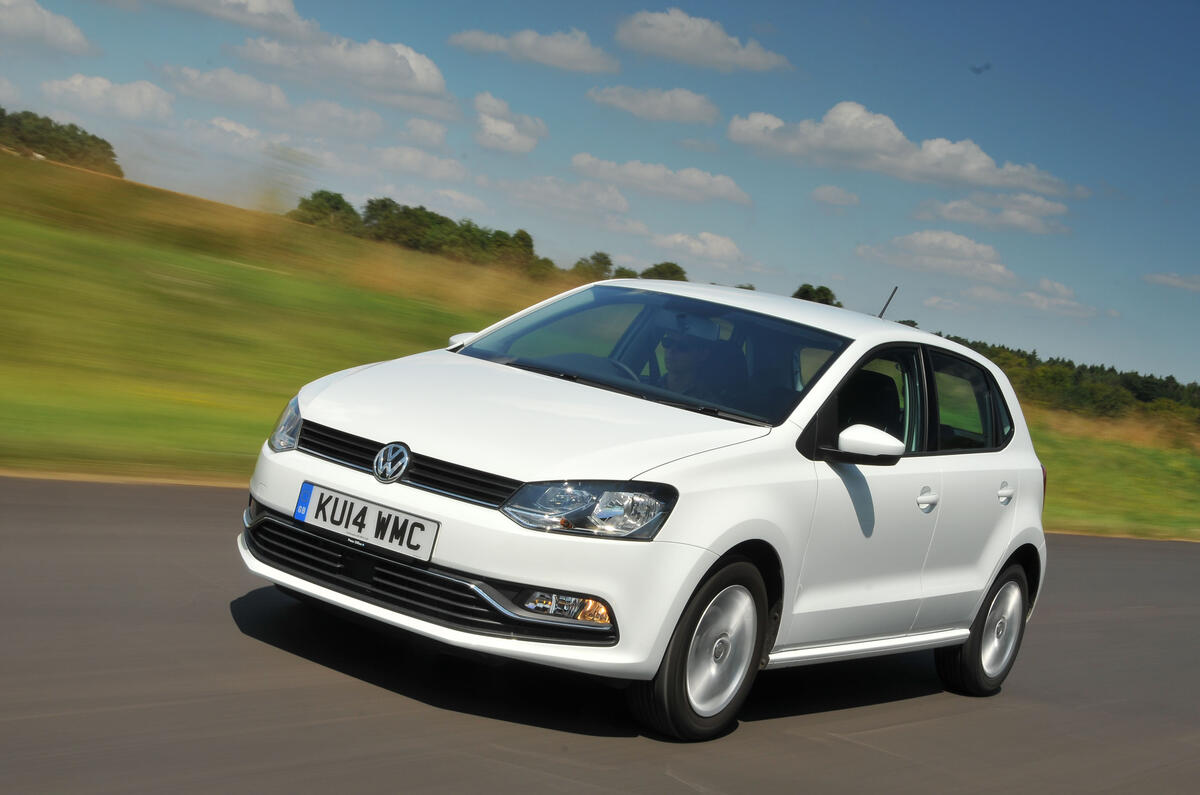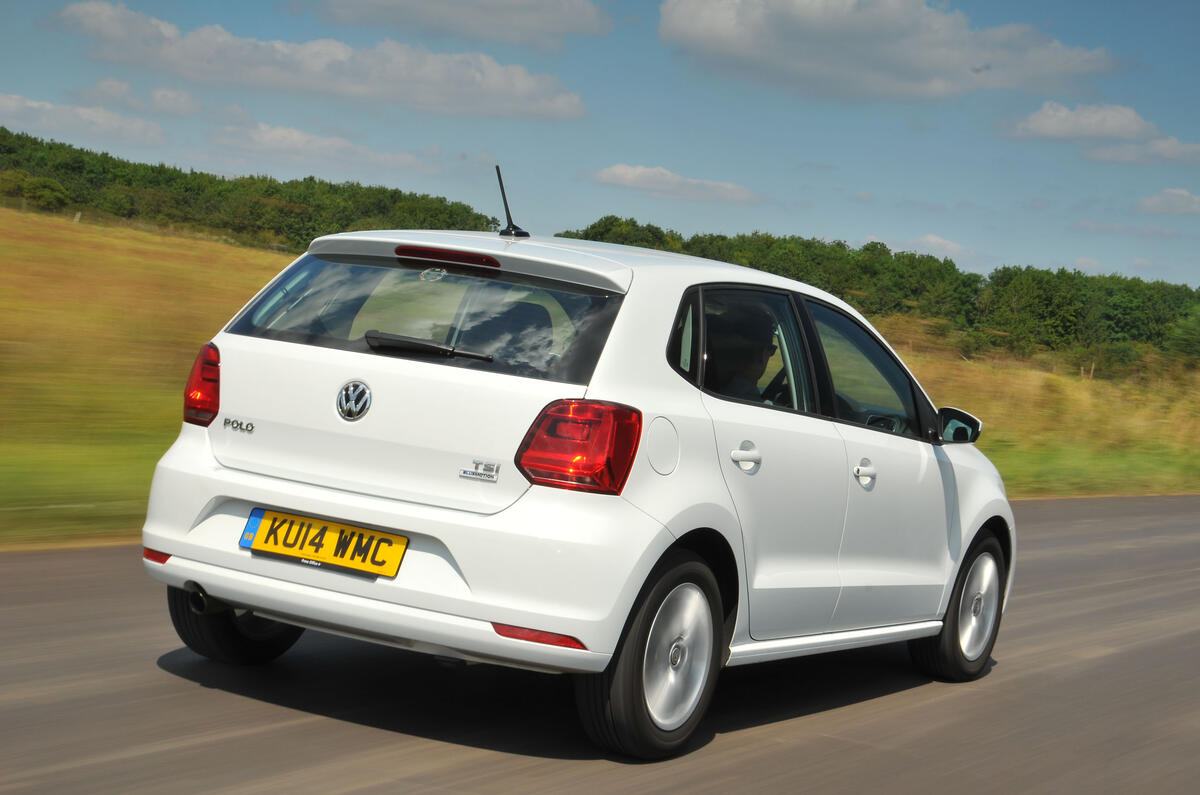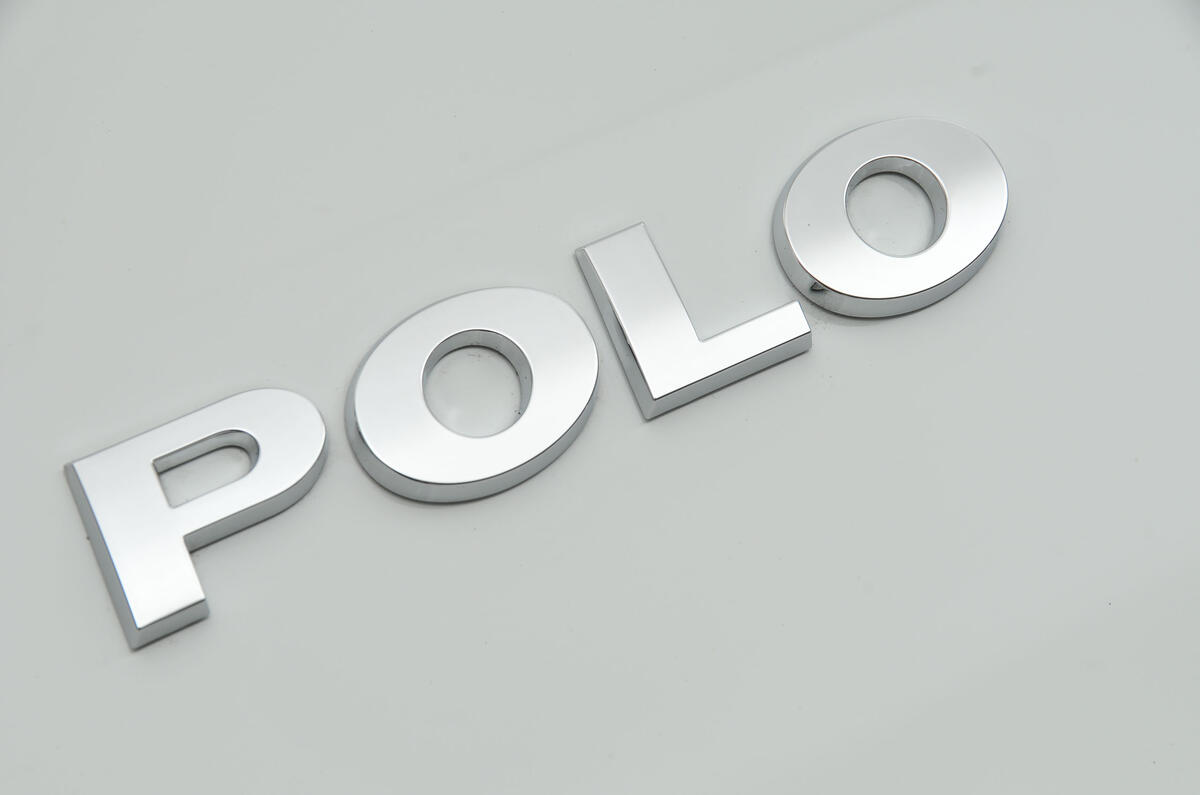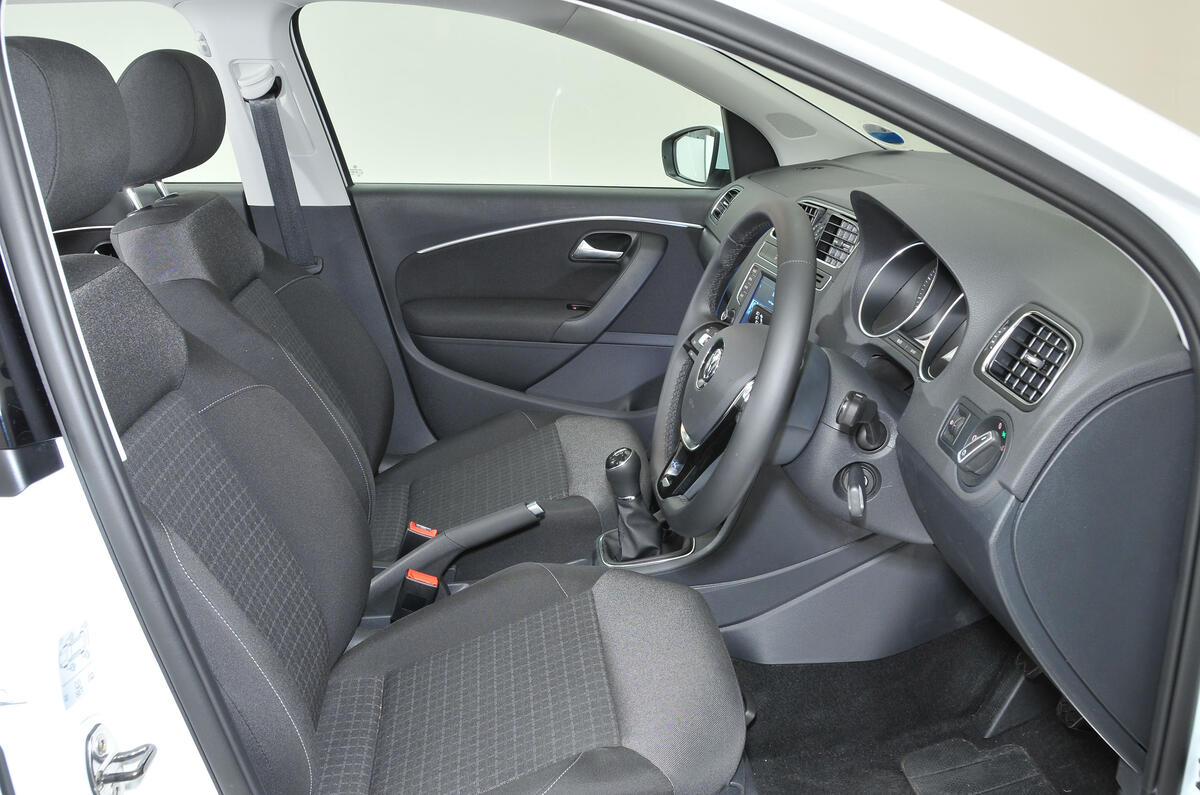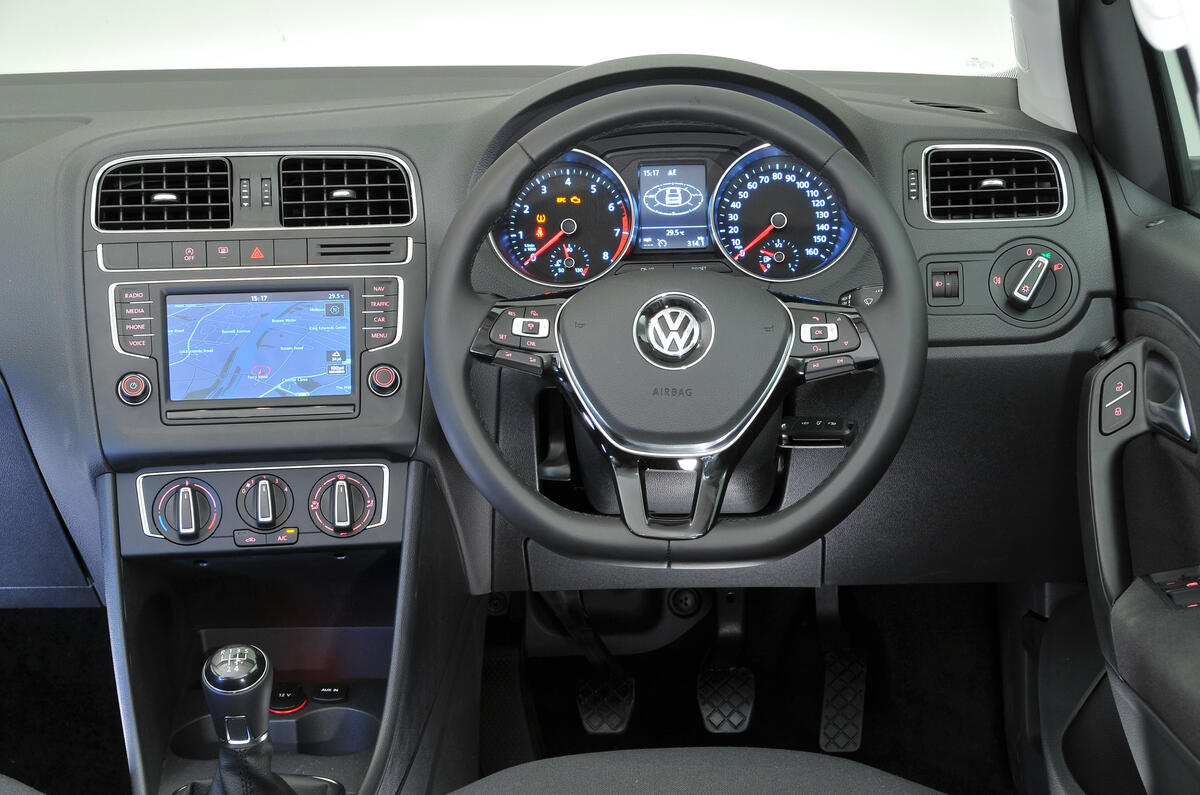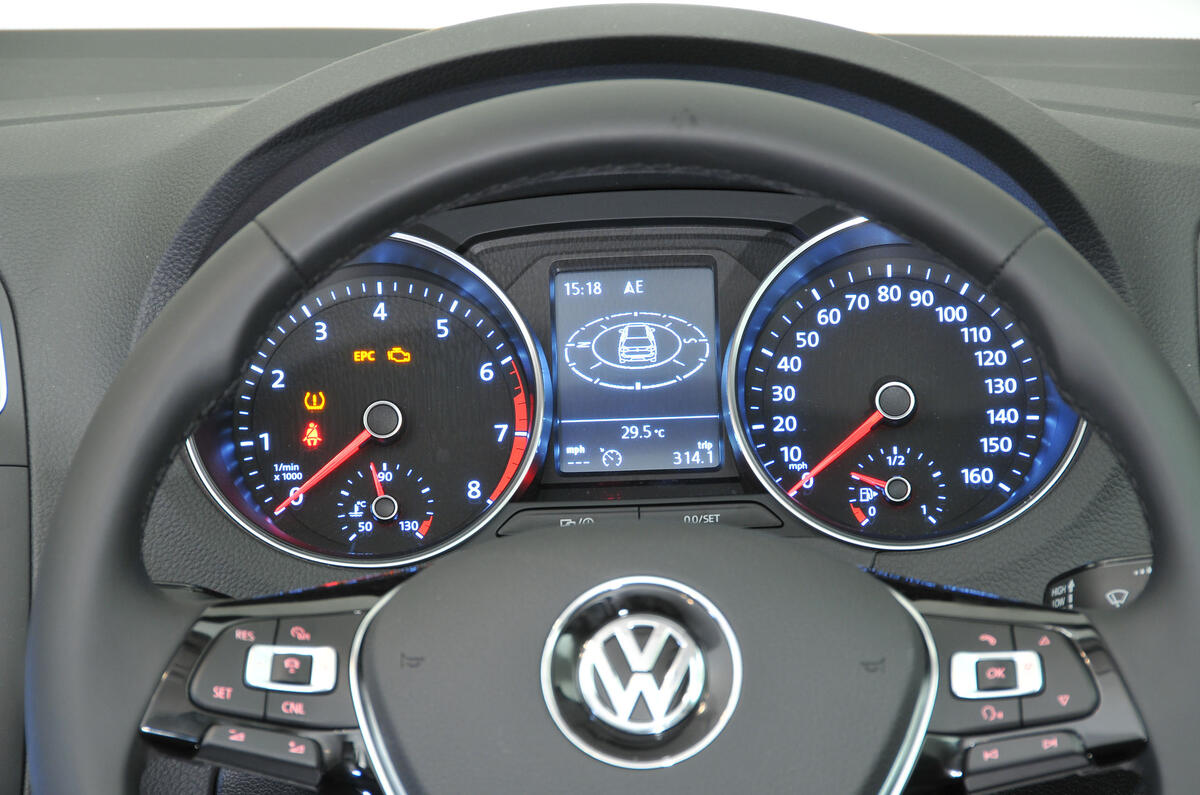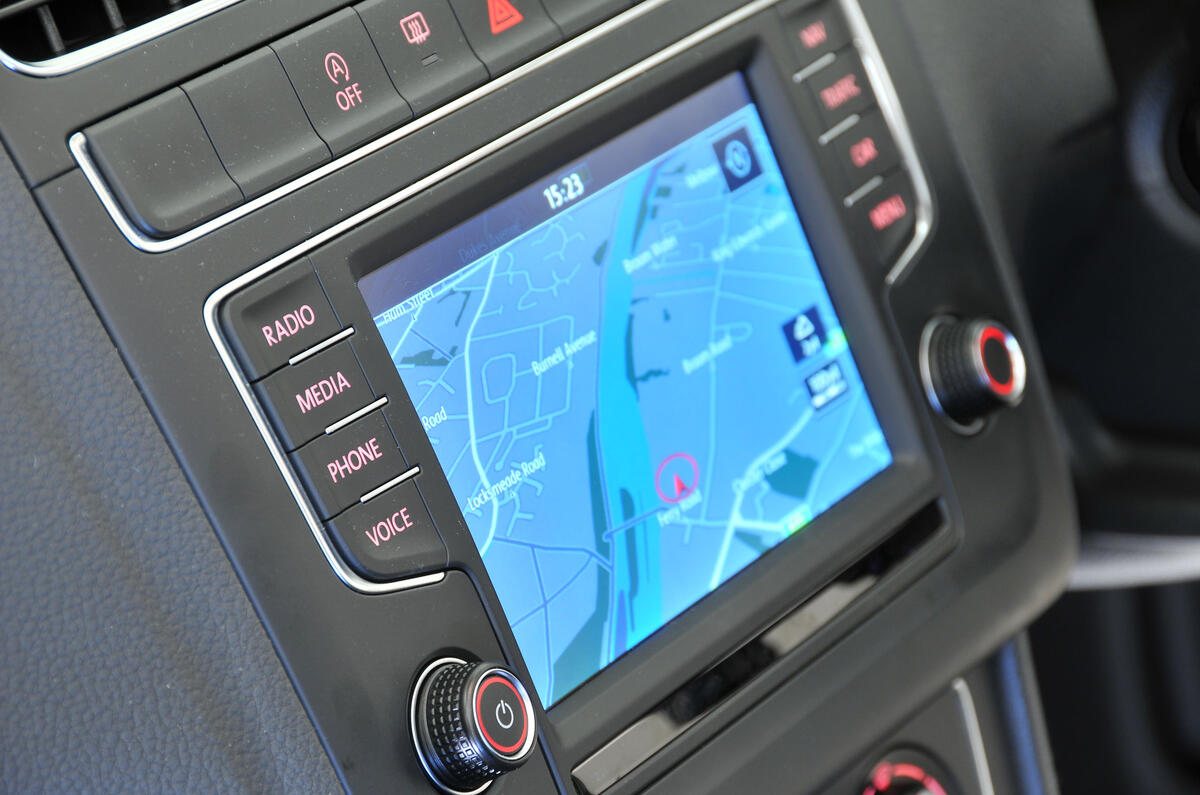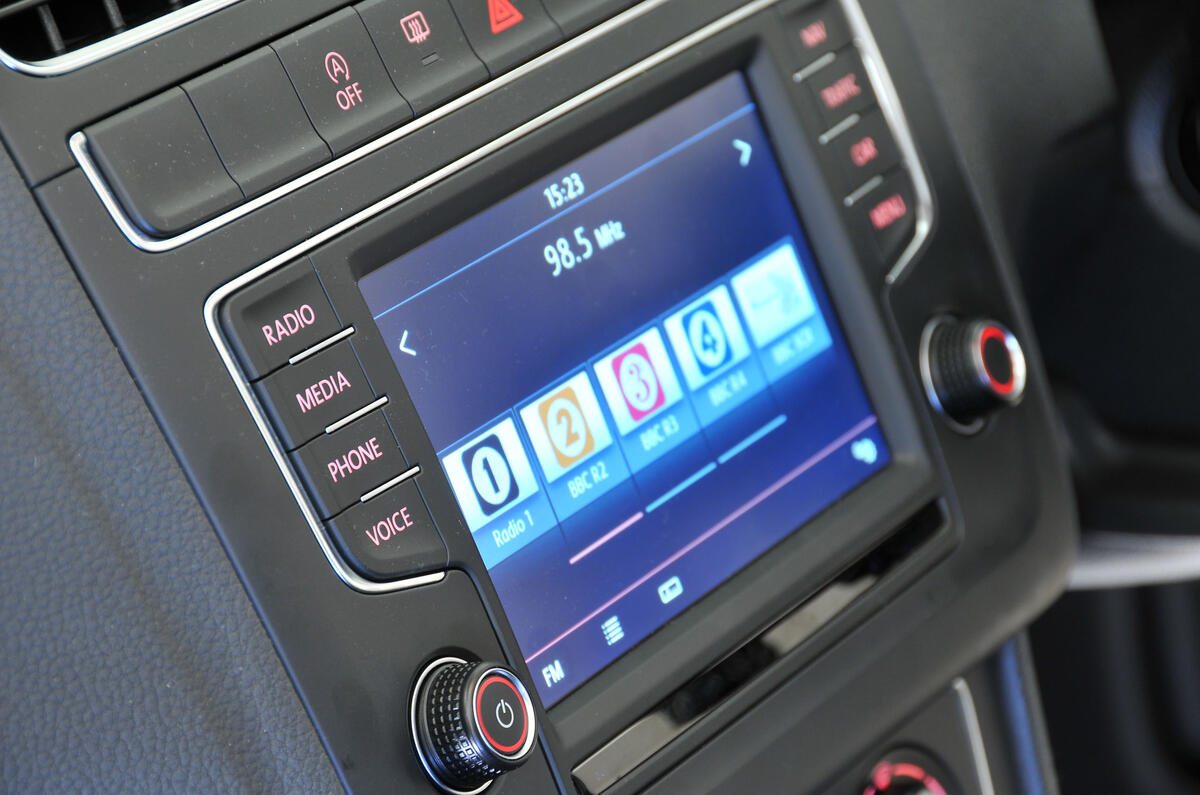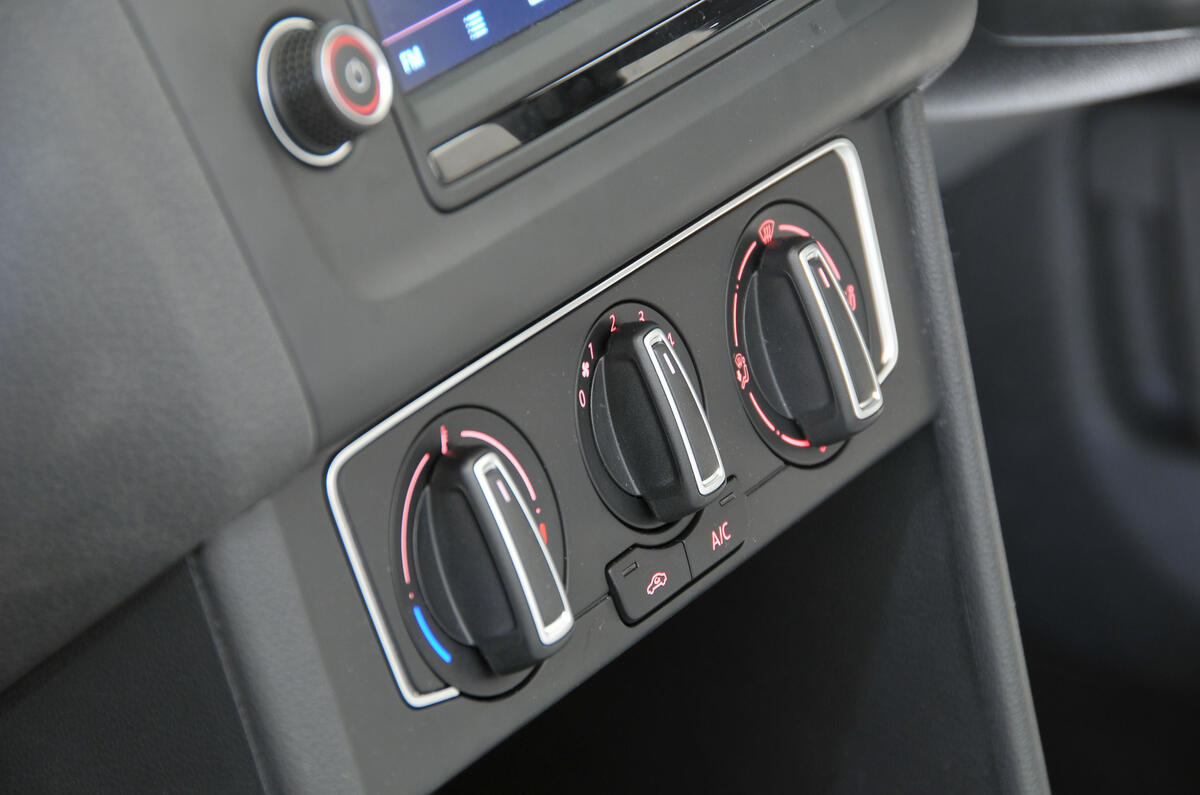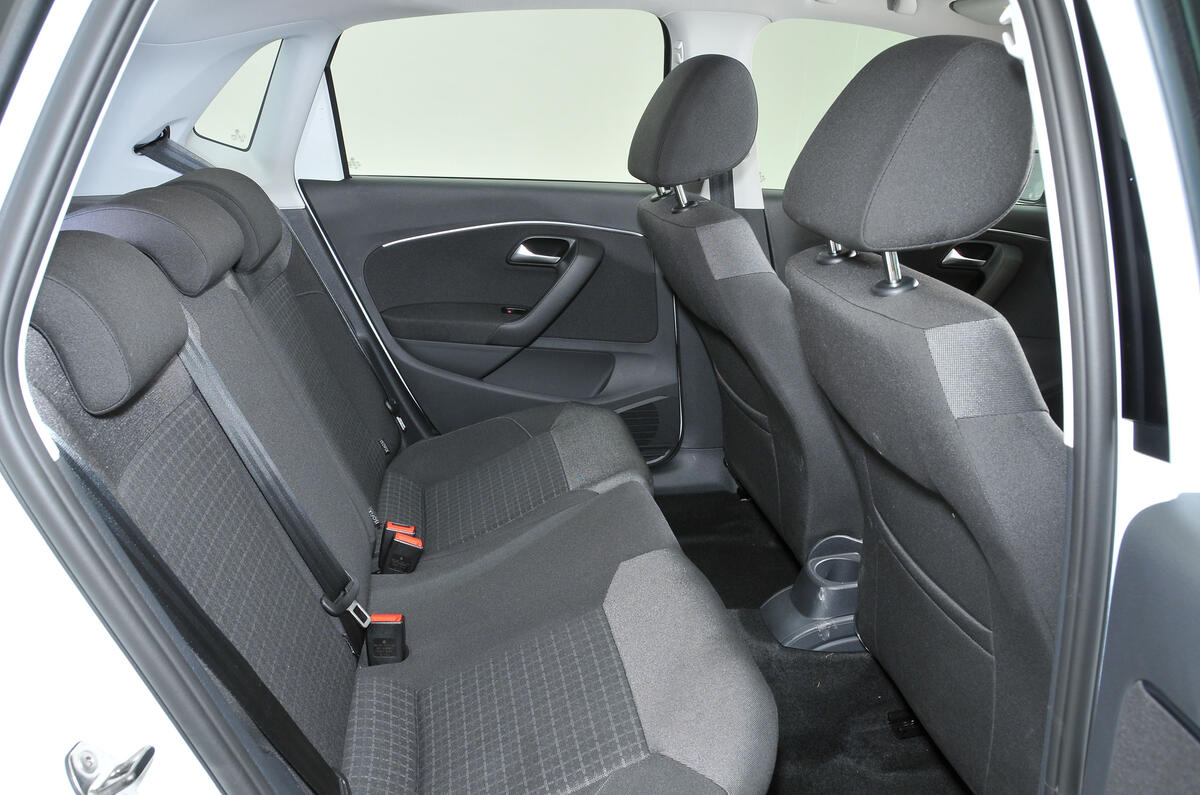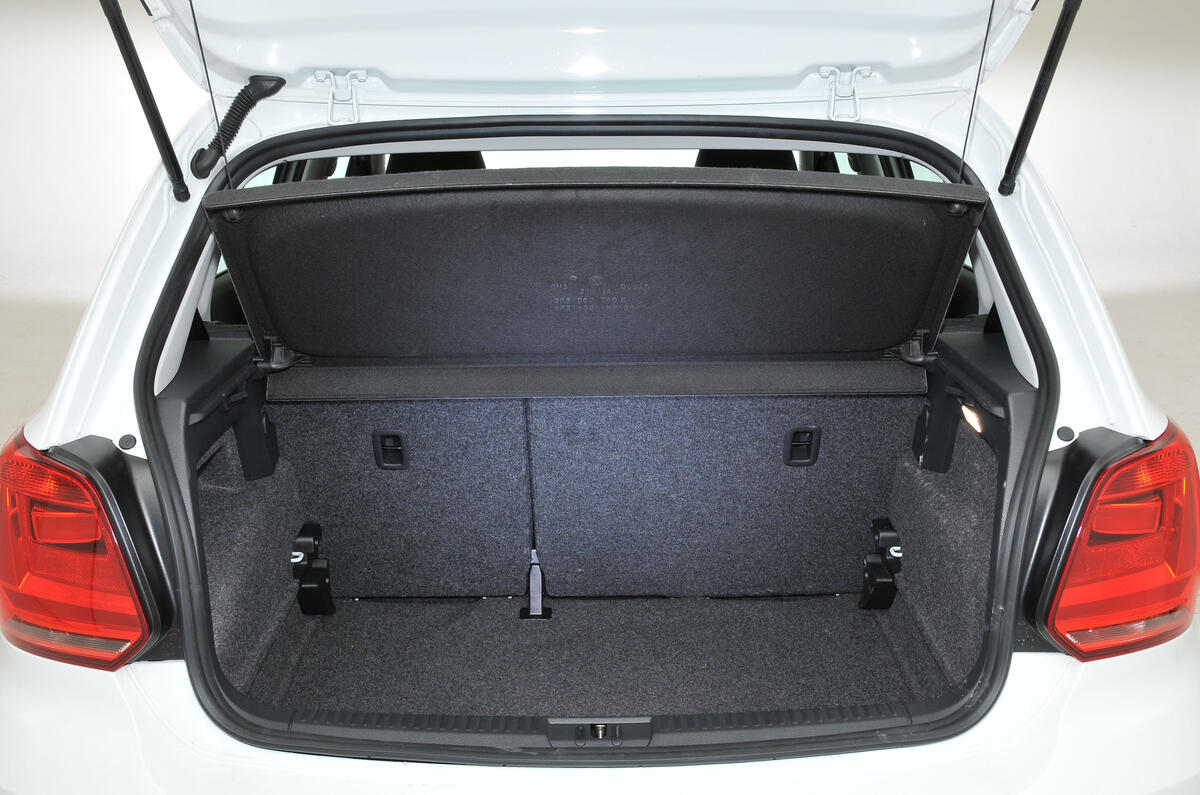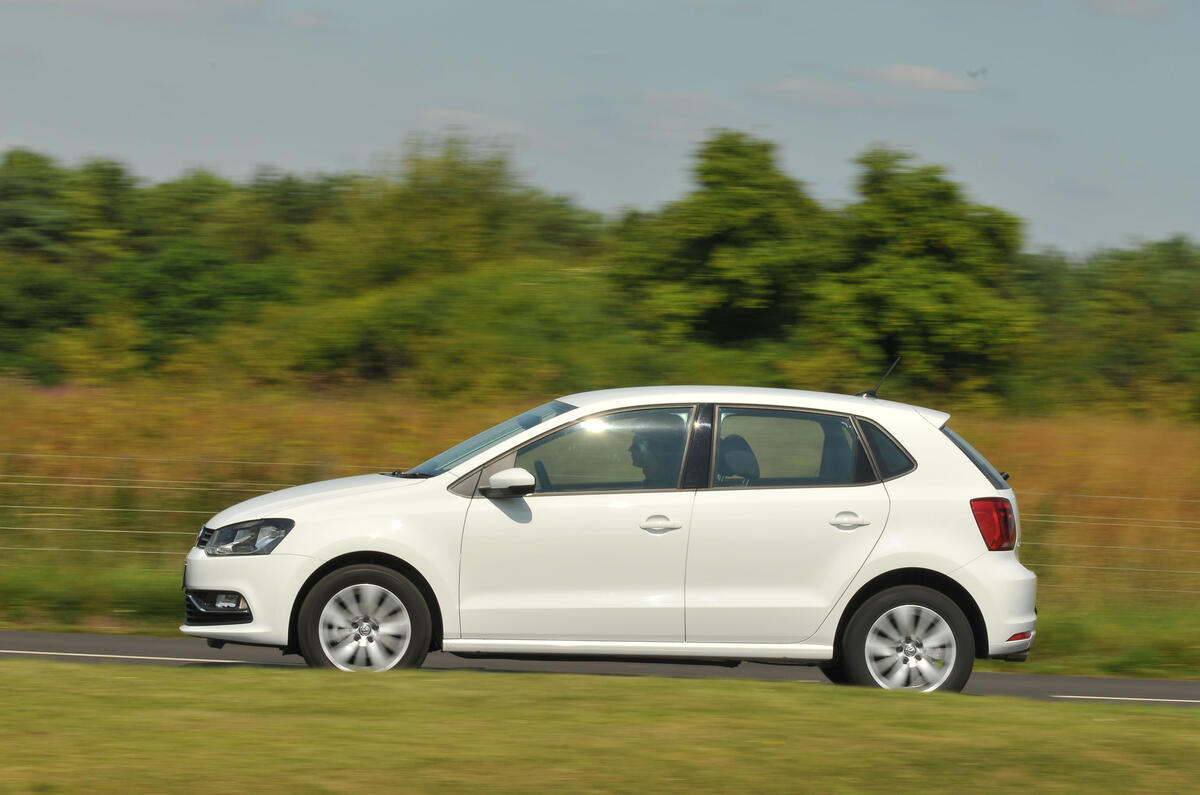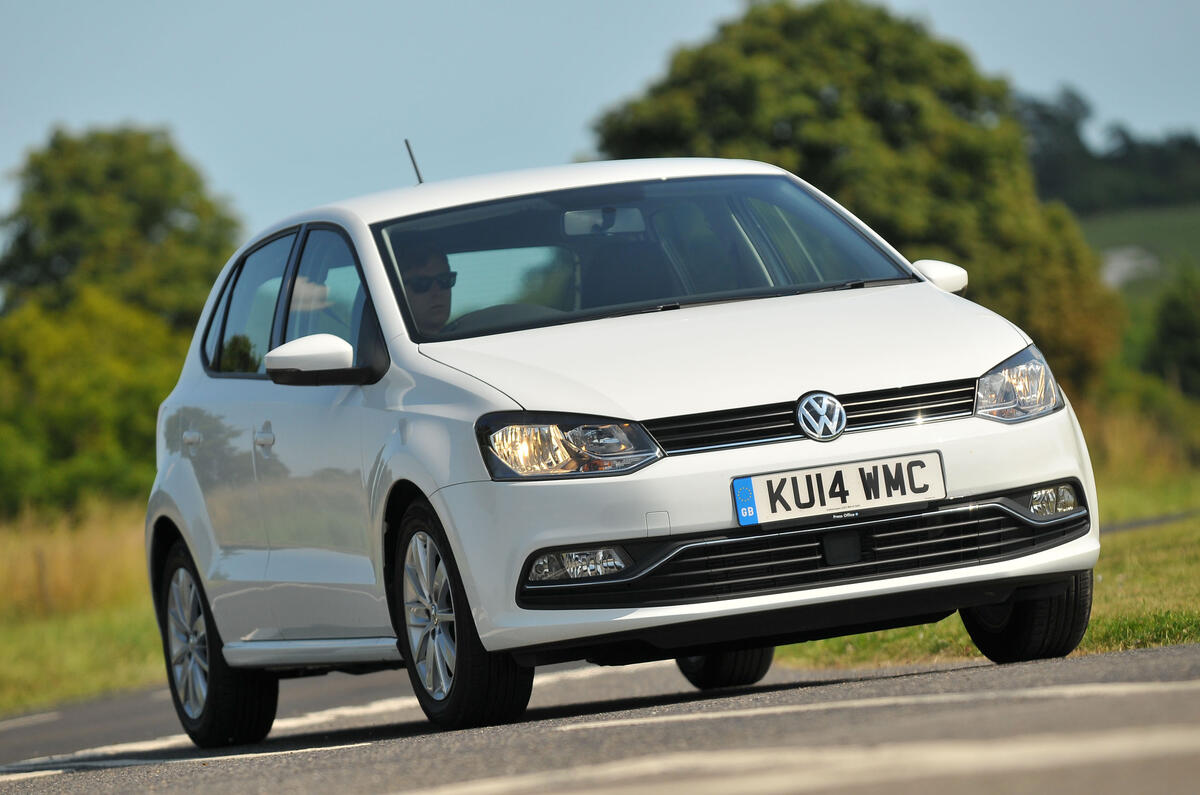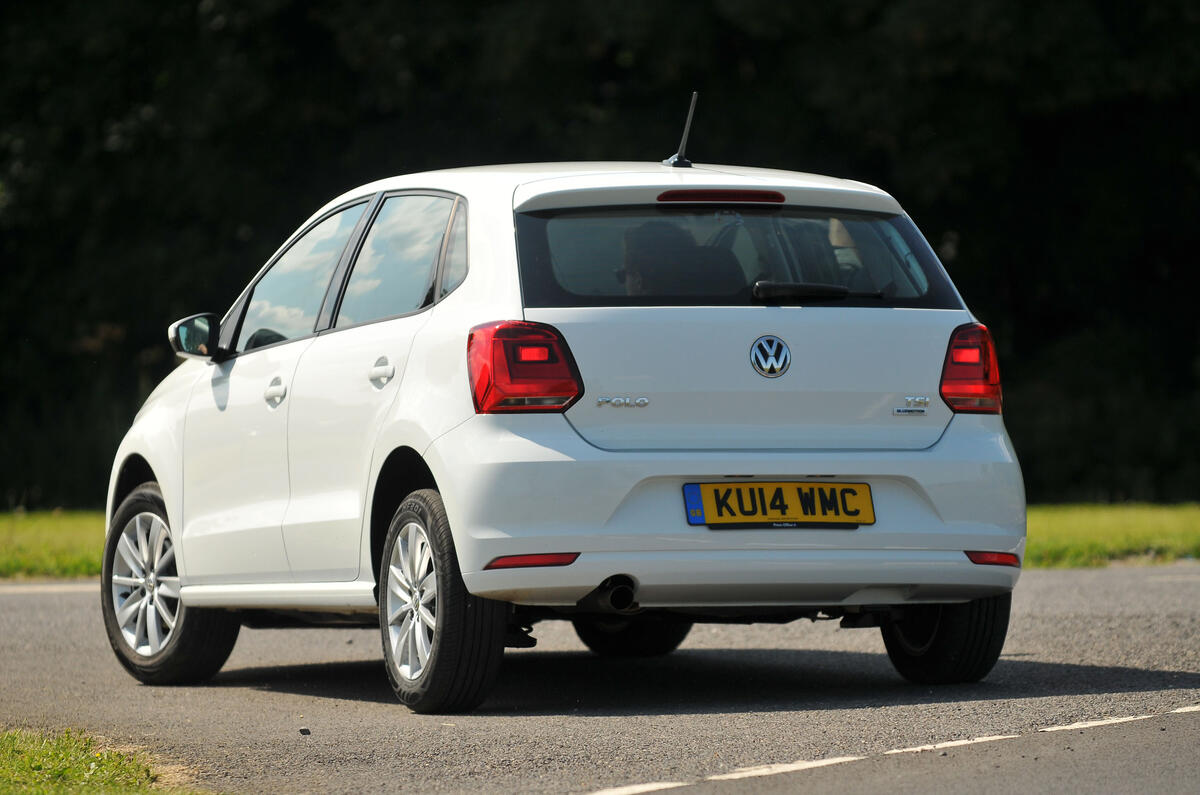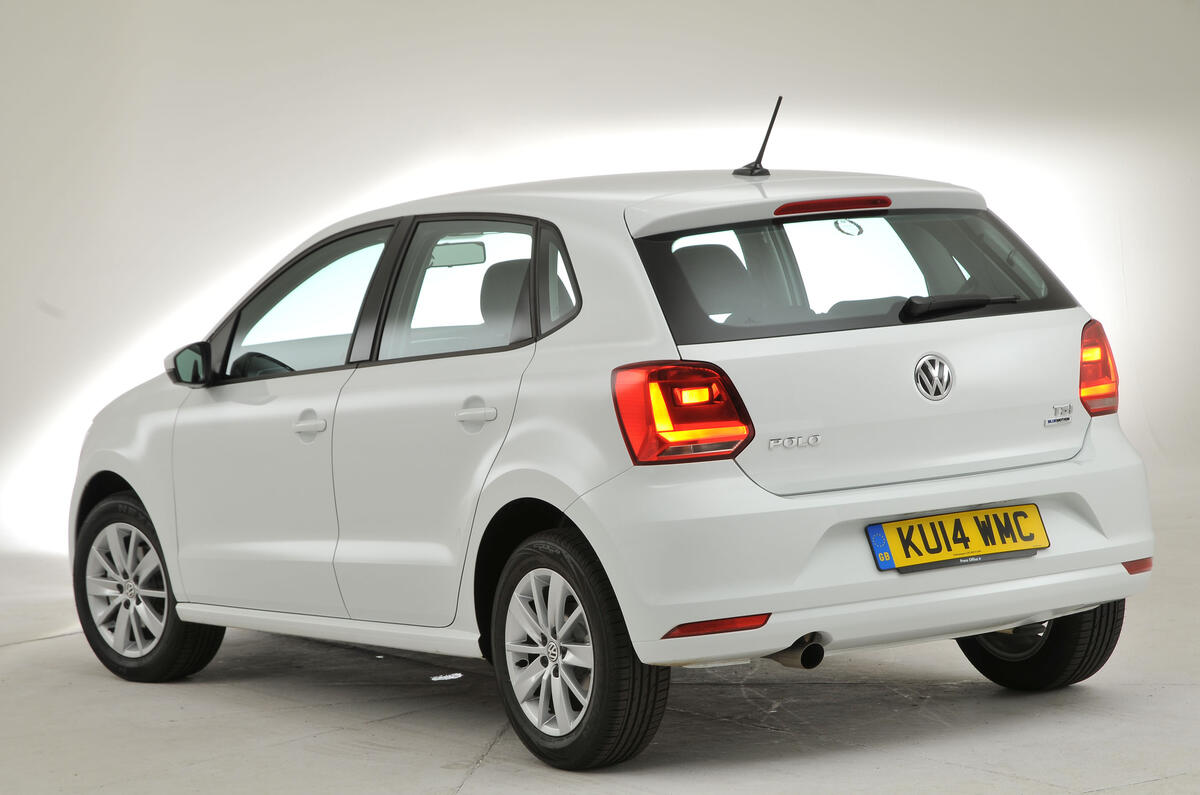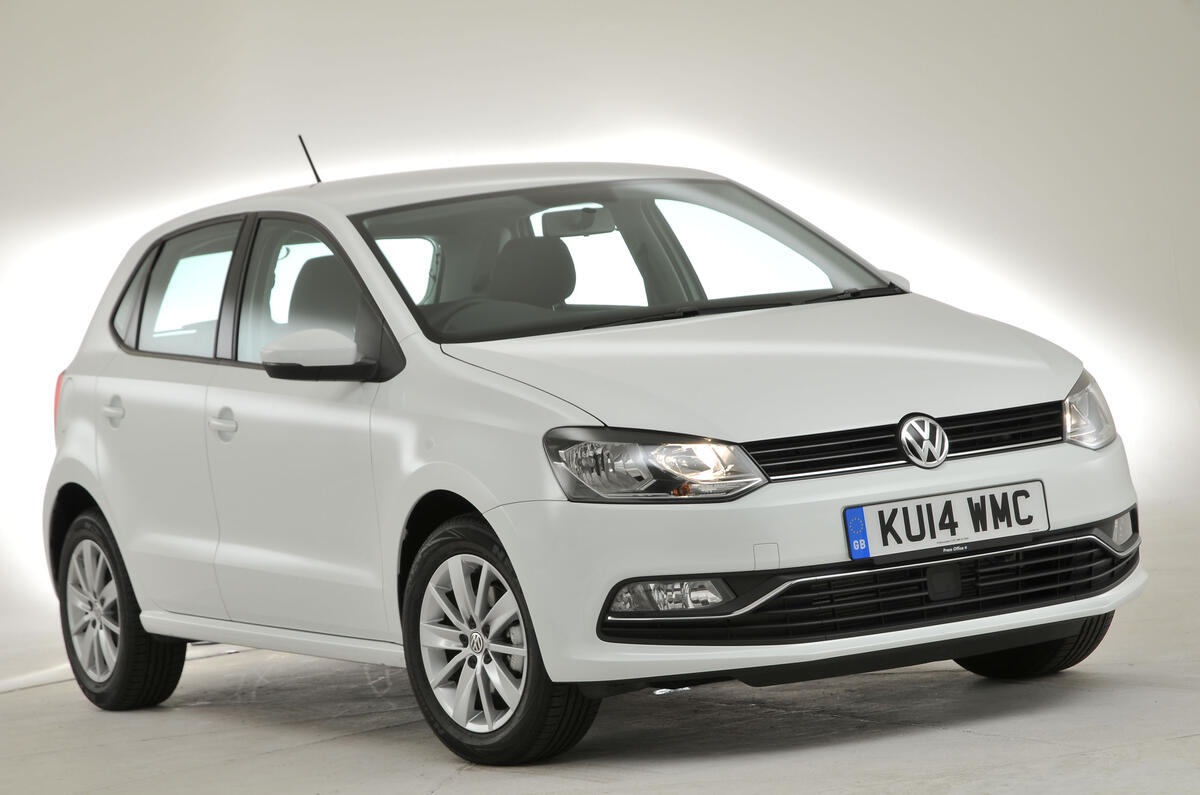The extent to which the Volkswagen Polo’s interior impresses depended on how you prioritised style and substance.
In terms of space, ergonomics and construction, it was difficult not to be hugely impressed.
There was a good range of seat adjustment for the driver (including height adjustment on all trim levels), good pedal placing and reach and rake-adjustable steering. Height adjustment was also standard for the front passenger on mid-level specification and above.
Rear-seat occupants had more space than you would find in a Ford Ford Fiesta and access was good through the wide door openings of three-door cars.
While the boot was slightly smaller than those of its rivals (280 litres versus 295 and 292 litres in the Fiesta and Seat Seat Ibiza respectively), the Polo was still a flexible, spacious supermini.
It was also, for the most part, impressively well made, featuring, for example, a slush-moulded dash with fit and finish levels not far off those found in the Golf.
All was not perfect, though; with the handbrake applied it was possible to see below the surface trim level to the metal below. The bigger problem for the Polo was that some buyers may be put off by a cabin design so restrained that it’s almost dour.
Overall, it couldn't match the visual interest that could be found in a Kia Rio or a Ford Fiesta.
Match and Beats specifications were aimed at a younger market and as such had a touchscreen infotainment system with USB and Bluetooth connectivity, while the latter came with a 300W stereo system. Even so, the Polo was rather conservative.



